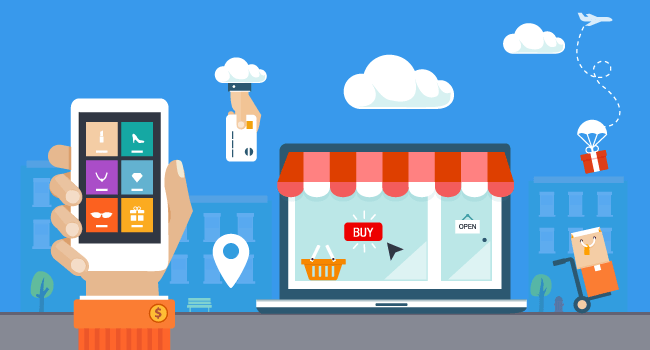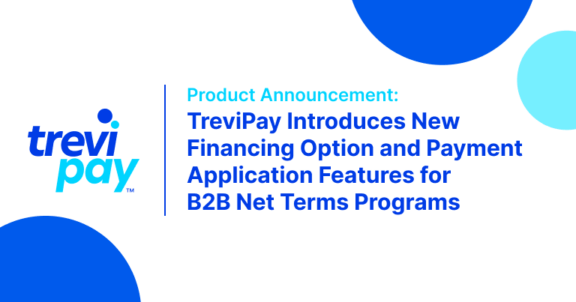News & Insights · Approx. 4 minute read
5 Ways to Personalize your B2B eCommerce

For B2B sellers, keeping pace with customer expectations is anything but easy.
Accustomed to the simplicity and convenience that has become common across B2C transactions, buyers expect more from B2B sellers than ever before. Make the most of a growing B2B e-commerce market by considering the unique needs and preferences of each customer.
Identifying ways to make things personal can help sellers overcome outdated business processes — such as funneling customers into a complicated buyer journey. More than 70 percent of B2B executives see customer expectations for personalized experiences as growing. Nearly two-thirds of business buyers are likely to make a switch if a brand doesn’t personalize communications. Satisfy buyer demands and rise above the competition by swapping out archaic business methods in favor of more personalized services.
B2B sellers can cater more closely to each customer by employing several different strategies tied to personalization. From extending individual lines of credit to offering a number of different payment options, paving the way for personalization promises to enhance the overall buying experience and boost business.
1. Offering Terms
It’s tempting to ask for payments as soon as possible, but when it comes to establishing a relationship that lasts well beyond the first purchase, a little flexibility can go a long way. B2B sellers should allow buyers to purchase on terms that are tailored to their business cycle. If, for example, a buyer won’t be able to pay until after receiving a product or service, use terms to push back the payment due date 30 to 45 days.
While such terms inevitably delay payment, the benefits they bring are well worth the wait. In many cases, buyers who are offered payment terms will end up purchasing more than they originally planned. These extra sales often can be attributed to increased cash on hand. Rather than attempting to come up with the funds for a purchase at the point of sale, buyers can gather necessary resources at their own pace.
This added flexibility is especially important for buyers from seasonal businesses. Although a buyer may be unable to pay for a product or service when it’s delivered, things can change quickly. Recognize the patterns of a buyer’s cash flow before deciding whether they’re a potential customer. Exercising patience throughout the payment collection process promises to ease some of the burden facing buyers and open up a few more sales opportunities later down the line.
Presenting the option to pay on terms also can help prove your financial stability to buyers and encourage them to see you as a long-term partner. Regardless of the industry, buyers want to know they’re doing business with an organization they can rely on for more than a few months at a time. Sellers can ease any concerns surrounding organizational health by introducing terms that give buyers plenty of time to make a payment.
2. Extending Lines of Credit
Cash can be hard to come by for buyers — especially those from smaller organizations. Almost two-thirds of small business owners admitted that when they started their businesses they weren’t entirely confident they had enough money in the bank to do so. Meanwhile, one-third started with less than US$5,000.
Sellers should open up the opportunity for additional sales by extending individual lines of credit to buyers who aren’t in a position to pay right away. Given how many small businesses struggle with cash flow, credit lines have become an increasingly important part of attracting new customers, building buyer trust, and growing order volume.
If there are concerns about taking on too much liability, consider working with a B2B payment and credit solutions provider. Beyond bearing the risks associated with credit lines, the right financial partner also can eliminate many of the costs that come with extending terms to buyers.
Instead of hiring an entire staff to take care of billing new buyers and collecting outstanding invoices, B2B sellers can dedicate those funds toward more pressing matters, such as enhancing buying experiences and streamlining operations.
Get the last three ways to personalize your B2B eCommerce in the full article on eCommerce Times.
Stay up-to-date with the latest from TreviPay
Thank you for subscribing! You will now receive email updates from TreviPay.



